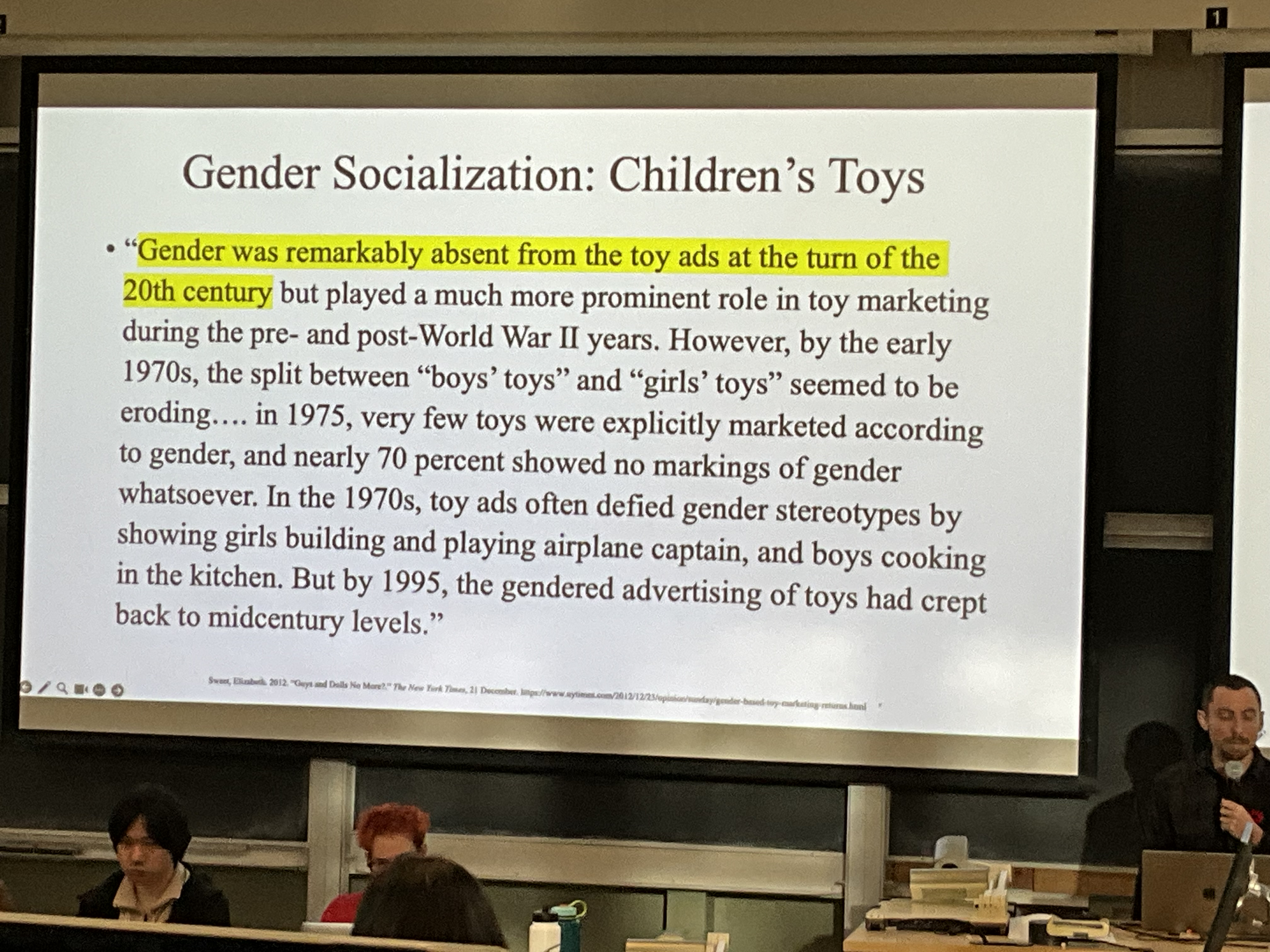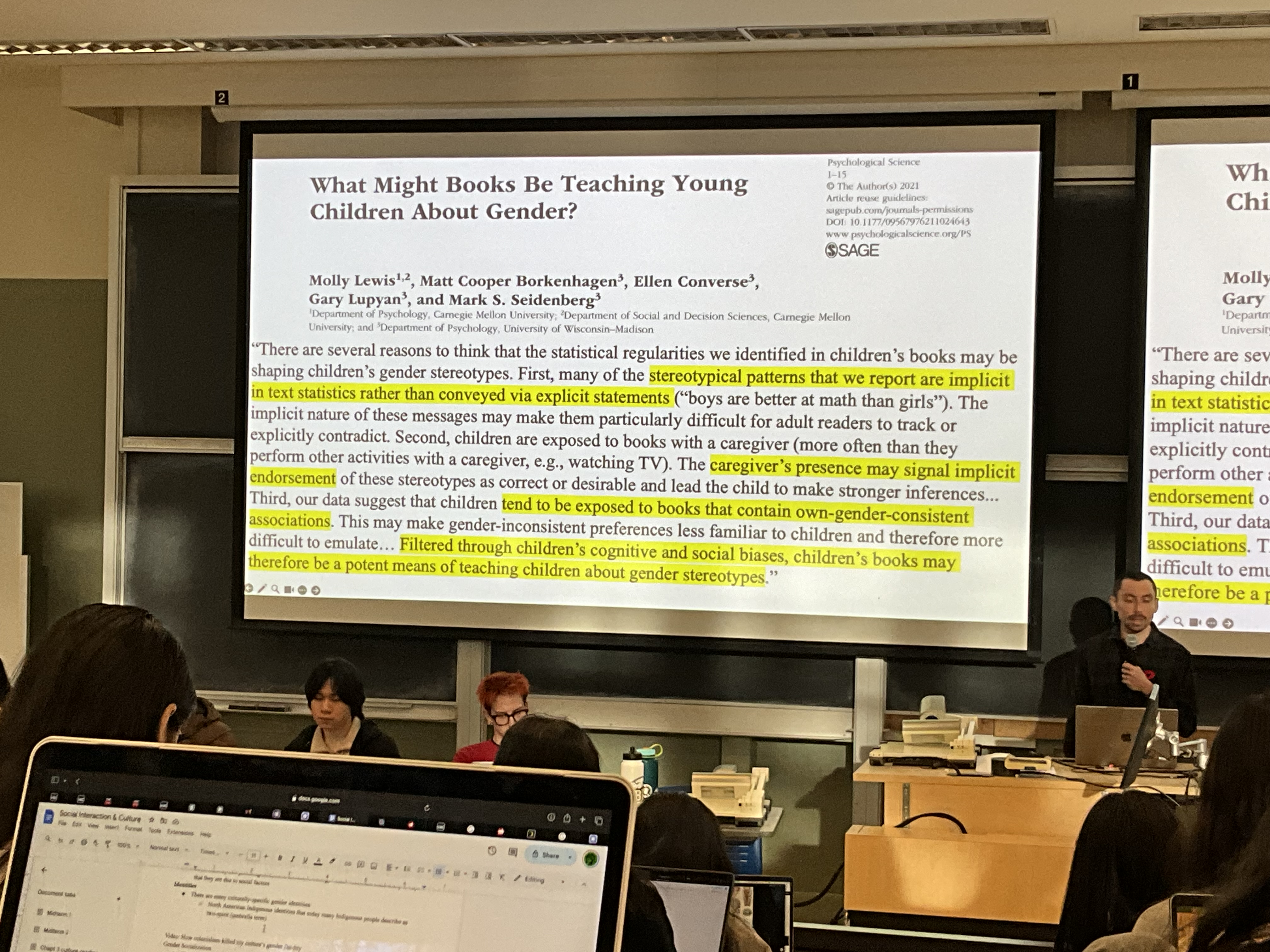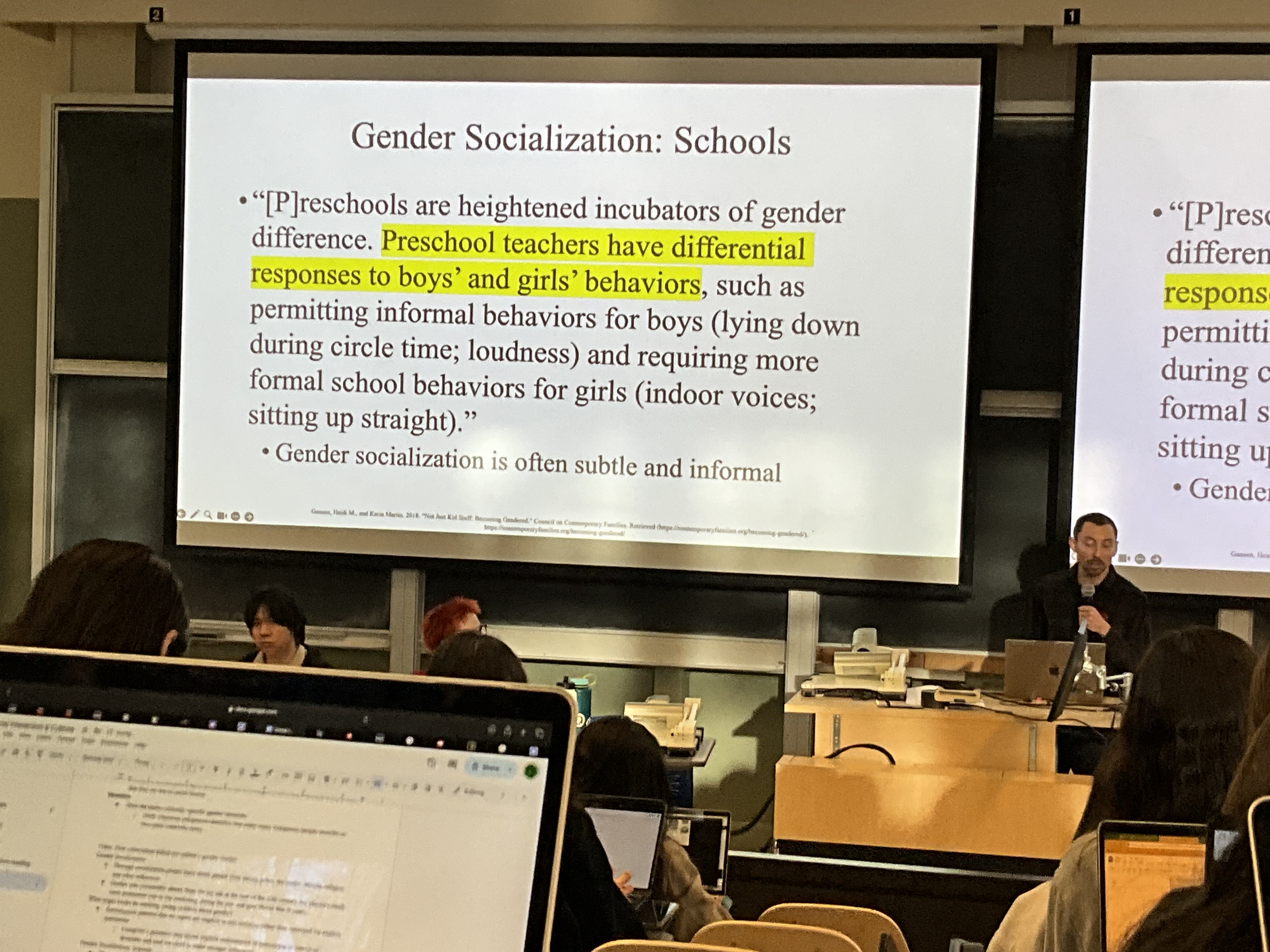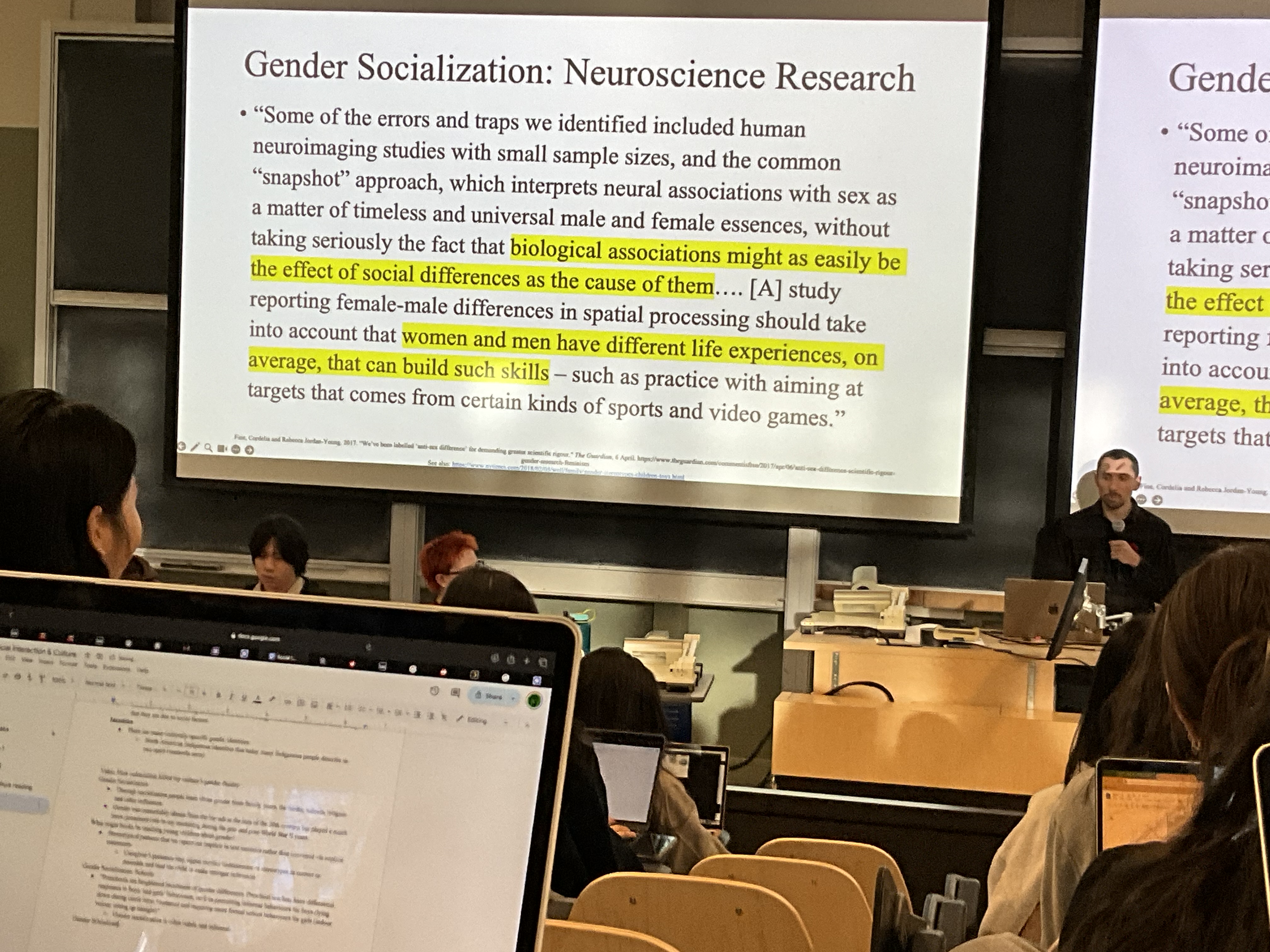SOCI 11.5
美国大选
religon
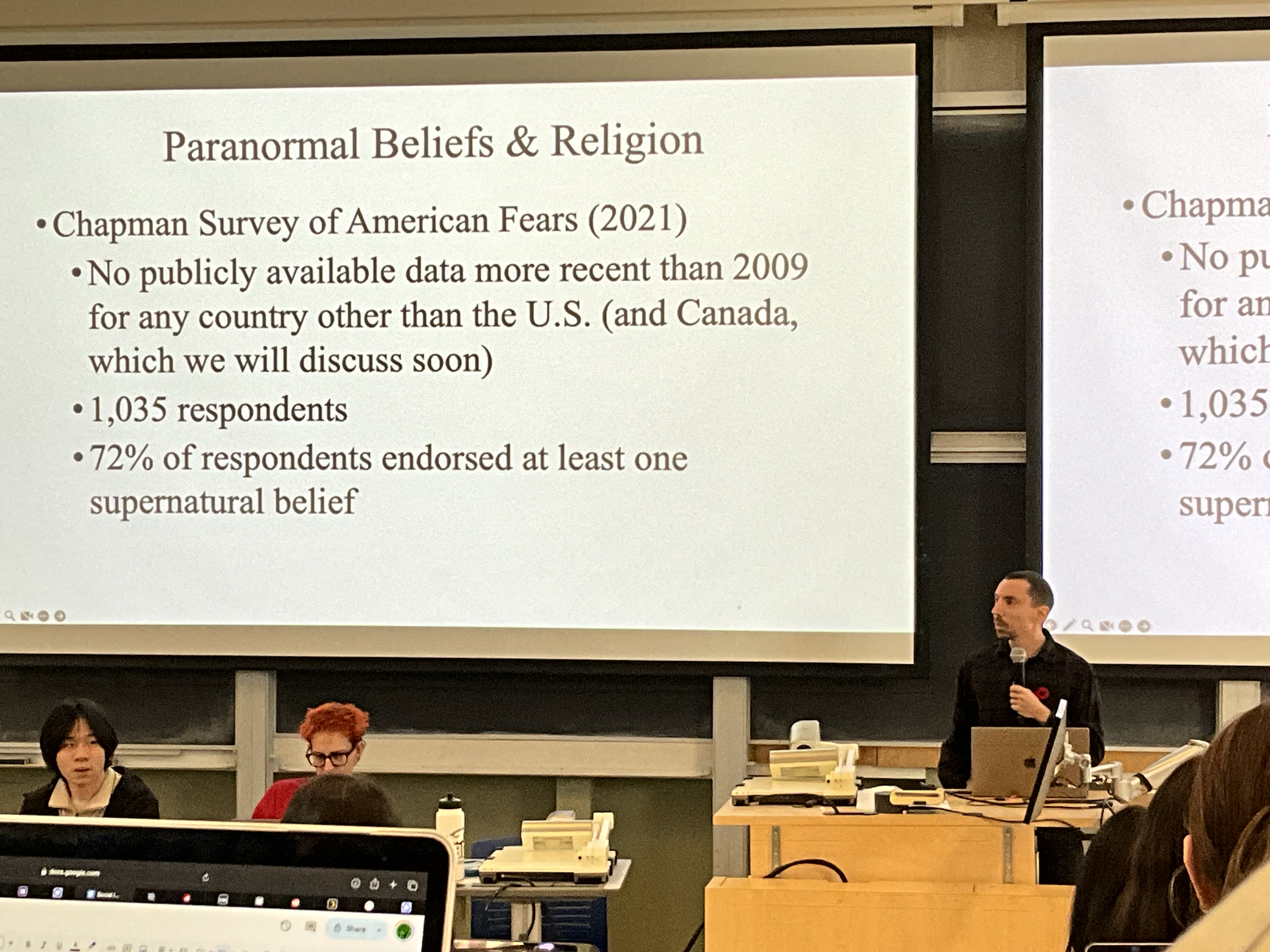
Summary of Findings and Discussion
• Women were more likely than men to believe in or fear supernatural human abilities, ghosts, zombies, and hauntings
• People with a bachelor's degree or higher were less likely to believe in extraterrestrial visitation, hauntings, and sasquatch/bigfoot
• Black, Latino, and Asian people were more likely to believe in or fear many paranormal phenomena compared to white people
Paranormal Beliefs in Canada
• Recent research in Canada has shown similar results, but also shows that people who identify as Indigenous or Eastern Asianhave higher levels of belief in many paranormal phenomena
Gender and Paranormal Beliefs
• In the Western world, women are more likely than men to believe in nonmaterial paranormal phenomena (ghosts, telekinesis, psychics, astrology), but not material paranormal phenomena (sasquatch, extraterrestrial visitation)
• Masculine women and feminine men are more likely to believe in all paranormal phenomena than feminine women and masculine men
Gender(new chapter)
Learning Goals
• To understand:
• (1) the difference between sex and gender;
• (2) how gender norms differ over time periods and across cultures;
• (3) how people learn to behave in ways that are considered masculine or feminine in their social context
Sex
- Sex: biological characteristics of males, females, and intersex people
• Reproductive organs (gonads, genitalia), chromosomes, hormones
• Intersex people [双性人,生来两套器官]have biological characteristics that cannot be dichotomized into male or female
Examples:
• XY people can be born with a vagina
• Genitalia sometimes cannot be clearly identified

Gender
-
Gender:
• Identity
• Expression as masculine and feminine
These two concepts are related, but distinct -
For instance: masculinity refers to "the practices, behaviors, attitudes, sexualities, emotions, positions, bodies, organizations, institutions, and all manners of expectations culturally associated with (though not limited to) people understood to be male" (Pascoe and Bridges 2015:4).
Sociological Approaches to Gender
• We are not going to discuss the "nature versus nurture" conversation related to gender
• Instead, we will focus on research which shows that cultural, historical, and social contexts shape how people understand and enact masculinity and femininity
video in exam
Gender
- Gender identity:
• Transgender: people whose gender identity is different from the sex they were assigned at birth
• Cisgender: people whose gender identity aligns with the sex they were assigned at birth
• Nonbinary: people who do not identify as a man or a woman
survey
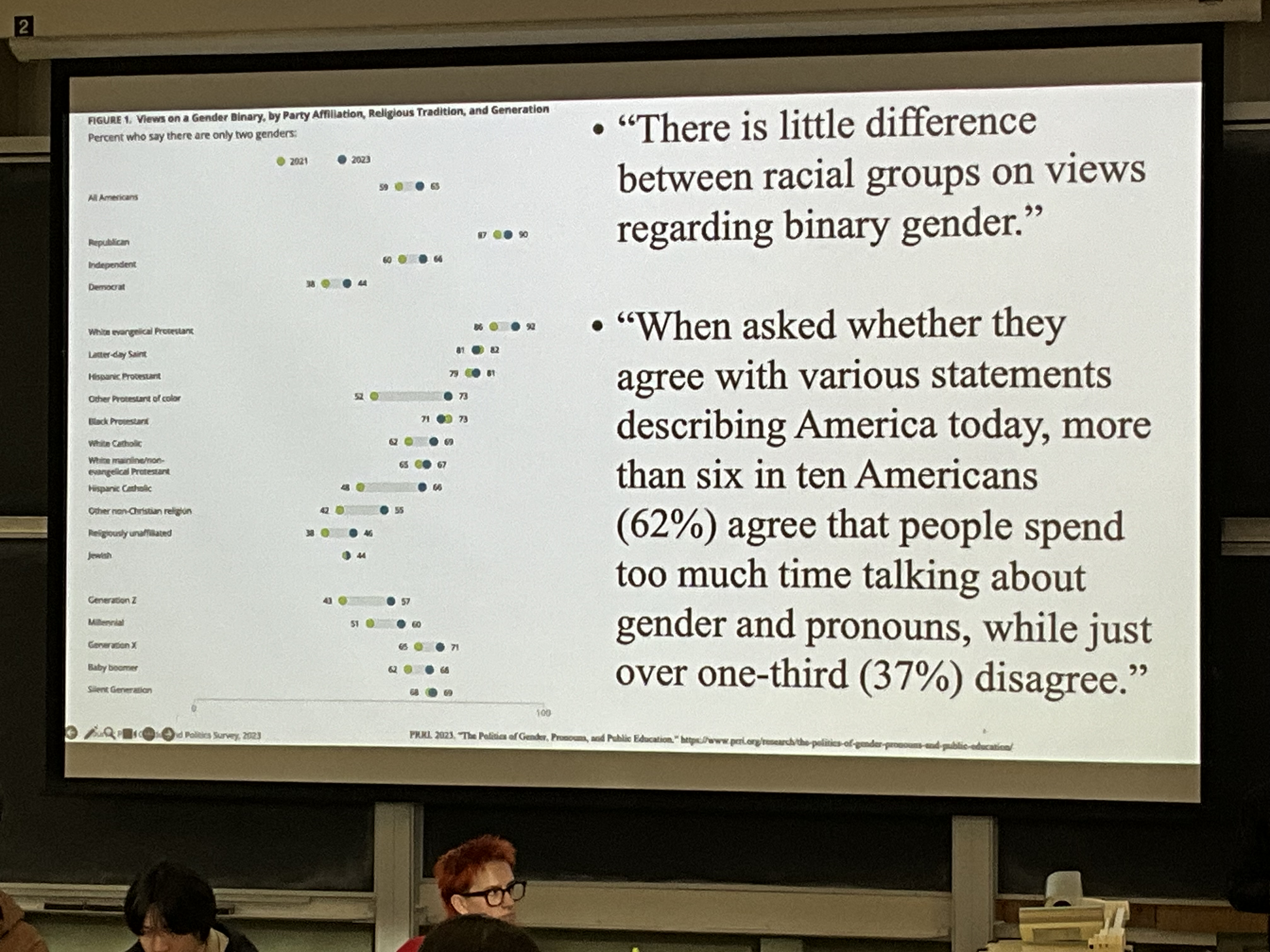

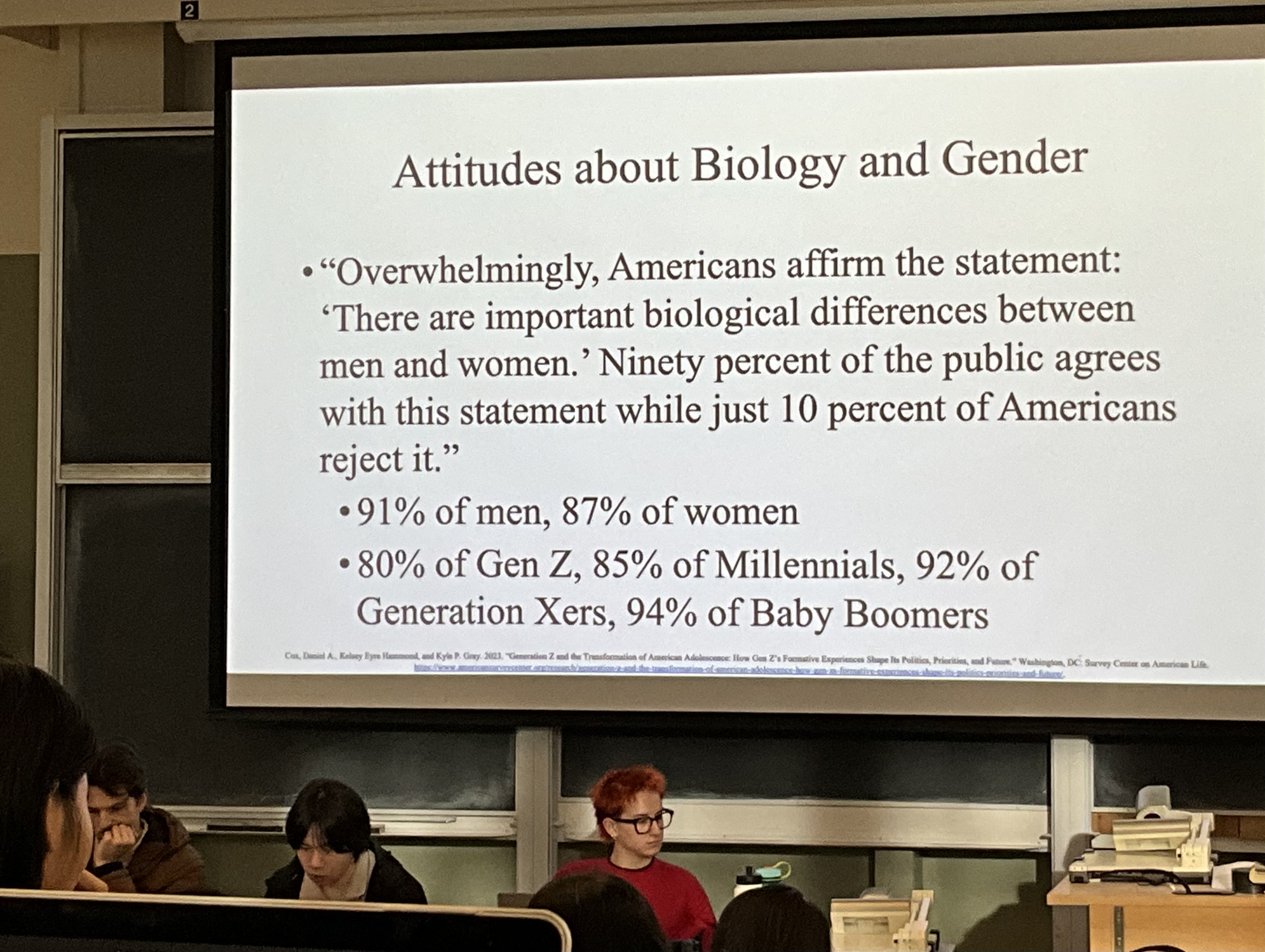
IDENTITY
Gender Identity
- There are many culturally-specific gender identities:
• North American Indigenous identities that today many
Indigenous people describe as two-spirit
• Lhamana of the A'shiwi people
• Wintke among the Lakota people
• Nádleehi among the Diné people
• Fa'afafine in Samoa
• Mahu in Hawaii and Tahiti
• Hijra in India, Pakistan, Bangladesh, and Nepal
• Waria in Indonesia
• • Sekrata in Madagascar
VIDEO
GENDER IDENTITY“how colonialism killed my culture’s gender fluidity -BBC world service https://youtu.be/AqEgsHGiK-s?si=5JCjgsvyRrN2efD_
gender socialization
